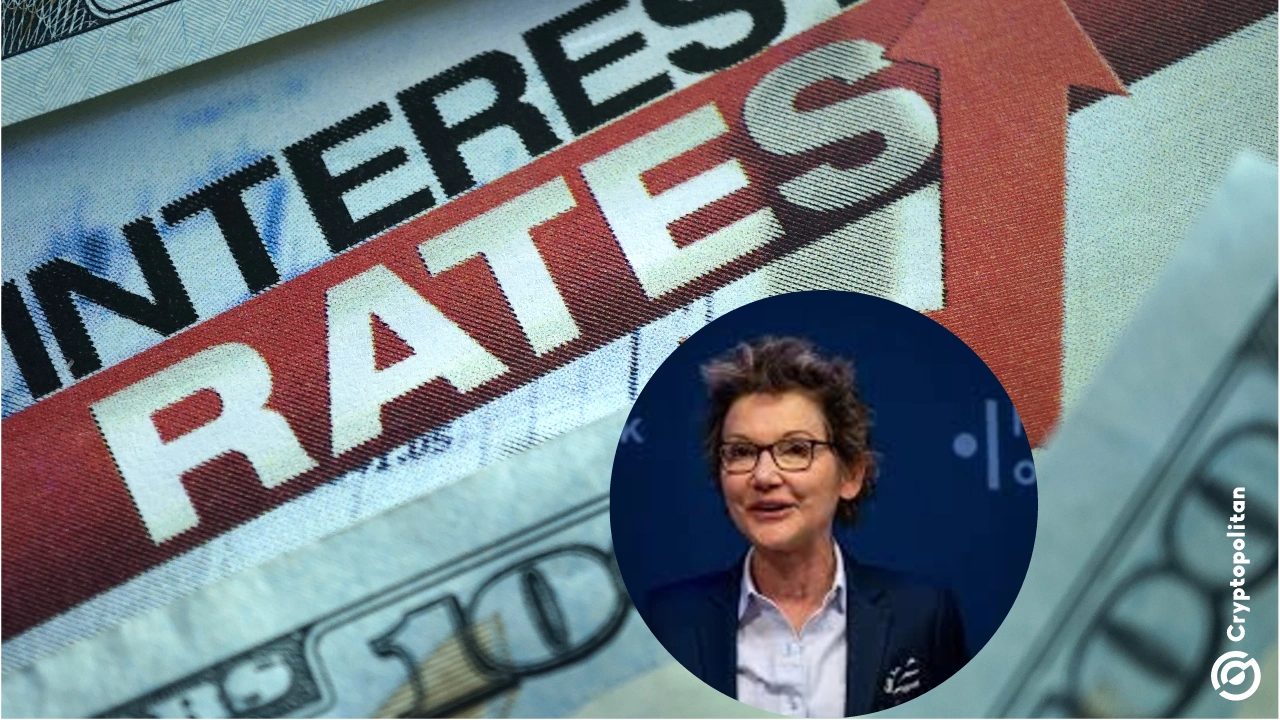
The Federal Reserve revealed its rhythm for 2025: just two rate cuts. In a recent interview, Mary Daly, president of the Federal Reserve Bank of San Francisco, said they are “very comfortable” with the decision.
The Fed’s latest decision to drop the federal funds rate to a range of 4.25% to 4.5% capped off three back-to-back reductions this year. But those days of aggressive action? Over.
“Now I feel we’ve got that recalibration phase behind us,” Daly said. “We’re in the next phase: looking at incoming information.” In other words, the Fed is sticking to its classic playbook—gradual moves, one eye on inflation, and the other on job numbers.
Asian currencies take a hit
The Fed’s decision sent global markets spinning. Asian currencies, in particular, felt the heat. The Japanese yen dropped 0.74%, sliding to 155.94 against the dollar, its lowest in a month. The South Korean won stumbled, hovering near levels last seen in March 2009, while the Indian rupee broke new ground by plunging below 85 to the dollar.
In Japan, the Bank of Japan (BOJ) held its benchmark rate steady at 0.25%. But not everyone was on board. Naoki Tamura, a BOJ board member, argued for a 25-basis-point hike, warning that the weak yen could disrupt wage-driven inflation.
Meanwhile, China’s central bank is pivoting hard. For the first time in 14 years, the People’s Bank of China announced a “moderately loose” monetary policy. That’s a big change from its usual “prudent” stance. While the Fed’s moves might not heavily influence Beijing’s easing plans, the yuan is feeling the squeeze.
Europe braces for Fed-induced ripples
European markets have also felt the aftershocks. Stock markets across the continent slipped following the Fed’s announcement, while currency movements were relatively muted. The euro climbed 0.5% against the dollar, and the pound gained a slight 0.1%.
Meanwhile, the Swiss franc strengthened, with the dollar dropping 0.4% against it. The European Central Bank (ECB) is playing it cautiously, too. Its latest quarter-point rate cut was the fourth reduction this year. This dovish trend aligns with its lower inflation forecasts for 2025.
Across the Channel, the Bank of England (BOE) decided to hold rates steady in its last meeting of the year. But it wasn’t a unified decision. BOE policymakers showed surprising division, with debates heating up over the pace and timing of future cuts. Markets are already pricing in about 50 basis points worth of reductions in 2025.
From Zero to Web3 Pro: Your 90-Day Career Launch Plan










